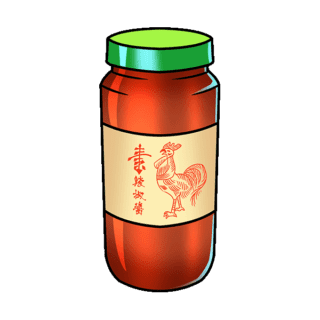Tamari
For starters, it’s not that tamari is the gluten-free substitute of soy sauce, but rather a gluten-free type of soy sauce; while we in the states often just think of soy sauce as one type of sauce, in reality there’s a bunch of soy-based sauces associated historically with different parts of Japan, China, and other East Asian countries.
Tamari is one of the five categories of Japanese soy-based sauces. It comes from the liquid byproduct of miso fermentation and, while it’s quite similar to what we typically think of as “soy sauce,” there are some subtle but noteworthy differences. These are primarily that tamari is darker, thicker, a bit sweeter, and less salty. In general it’s a more rounded umami flavor instead of the sharp saltiness that we associate with “soy sauce.” Also worth mentioning is that, while tamari is almost always gluten-free, we recommend always double-checking the label.
Frequently used as a dipping sauce, tamari’s also common in cooking for stir fry, soups, marinades, and more. You can find tamari in Uwajimaya’s sauce aisle!





